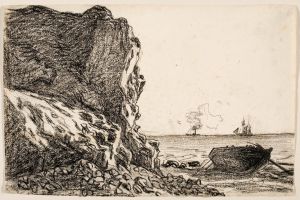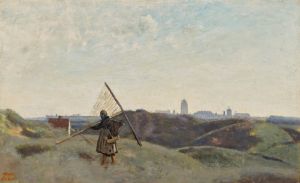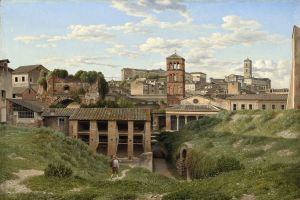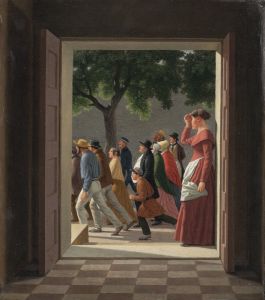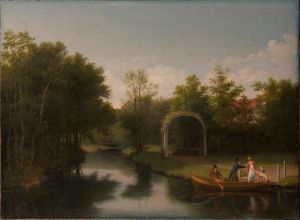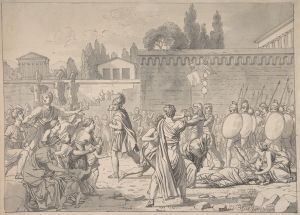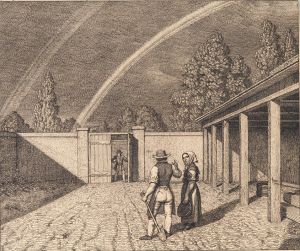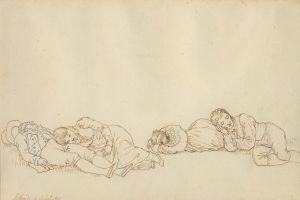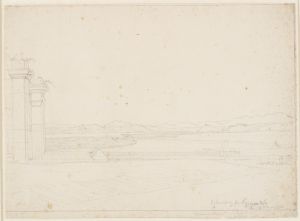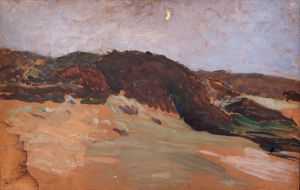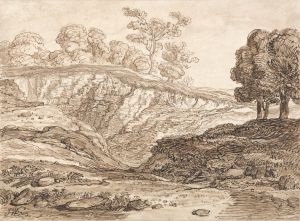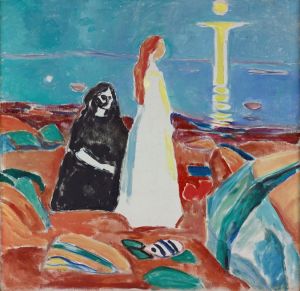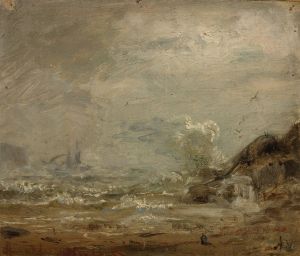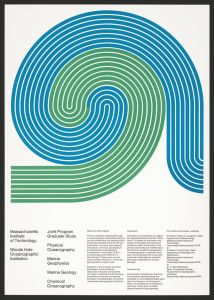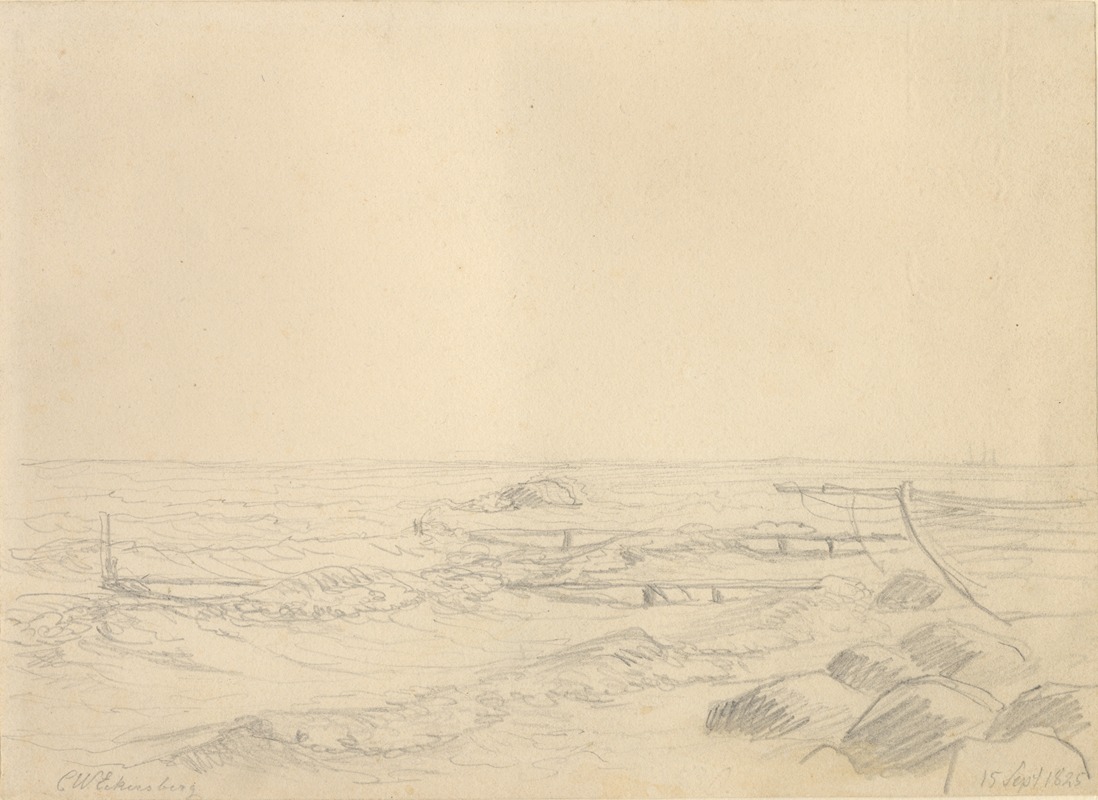
Strandparti med bølger, der står ind mod sten og en badebro
A hand-painted replica of Christoffer Wilhelm Eckersberg’s masterpiece Strandparti med bølger, der står ind mod sten og en badebro, meticulously crafted by professional artists to capture the true essence of the original. Each piece is created with museum-quality canvas and rare mineral pigments, carefully painted by experienced artists with delicate brushstrokes and rich, layered colors to perfectly recreate the texture of the original artwork. Unlike machine-printed reproductions, this hand-painted version brings the painting to life, infused with the artist’s emotions and skill in every stroke. Whether for personal collection or home decoration, it instantly elevates the artistic atmosphere of any space.
Christoffer Wilhelm Eckersberg, often referred to as the "father of Danish painting," was a prominent figure in the Danish Golden Age of painting. His work, "Strandparti med bølger, der står ind mod sten og en badebro" (translated as "Beach Scene with Waves Breaking Against Rocks and a Bathing Jetty"), is a testament to his mastery in capturing the serene yet dynamic elements of nature.
Eckersberg was born in 1783 in Blåkrog, Denmark, and he studied at the Royal Danish Academy of Fine Arts in Copenhagen. His education was further enriched by his travels to Paris and Rome, where he was influenced by the neoclassical style and the works of Jacques-Louis David, under whom he studied. Eckersberg's exposure to different artistic styles and his keen observation of nature significantly shaped his artistic approach.
The painting "Strandparti med bølger, der står ind mod sten og en badebro" exemplifies Eckersberg's skill in portraying natural scenes with meticulous attention to detail and a clear, realistic style. This work is part of his broader oeuvre that often depicted maritime themes, a reflection of his fascination with the sea and coastal landscapes. Eckersberg's ability to render the movement of water and the play of light on its surface is evident in this painting, where he captures the waves crashing against rocks with a sense of motion and energy.
Eckersberg's technique involved careful observation and sketching, often working en plein air to capture the essence of the scene before him. This approach allowed him to infuse his paintings with a sense of immediacy and authenticity. In "Strandparti med bølger, der står ind mod sten og en badebro," the composition is balanced, with the dynamic waves contrasting against the solid, immovable rocks and the man-made structure of the bathing jetty. This juxtaposition highlights the interaction between nature and human presence, a recurring theme in Eckersberg's work.
The painting also reflects Eckersberg's interest in light and atmosphere. The way he captures the sunlight glinting off the water and the shadows cast by the rocks demonstrates his understanding of the effects of light on different surfaces. This attention to atmospheric conditions adds depth and realism to the scene, inviting viewers to experience the coastal environment as if they were standing on the shore themselves.
Eckersberg's influence on Danish art was profound. As a professor at the Royal Danish Academy of Fine Arts, he mentored a generation of artists who would continue to shape the Danish art scene. His emphasis on observation, precision, and the study of nature laid the groundwork for what would become known as the Danish Golden Age of painting.
"Strandparti med bølger, der står ind mod sten og en badebro" is a fine example of Eckersberg's contribution to this period. It not only showcases his technical prowess but also his ability to convey the beauty and power of the natural world. Through his work, Eckersberg has left a lasting legacy, influencing both his contemporaries and future generations of artists.





